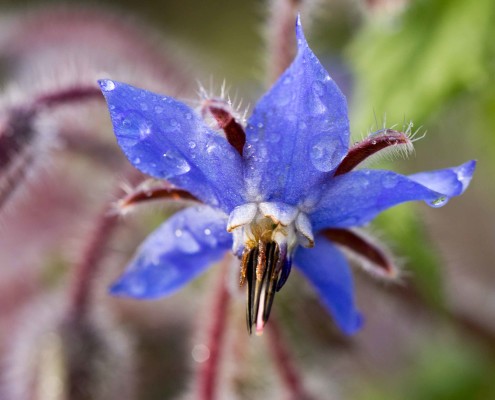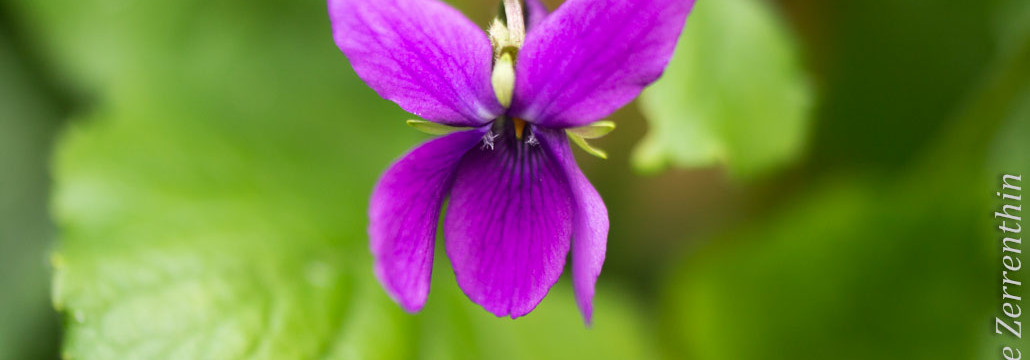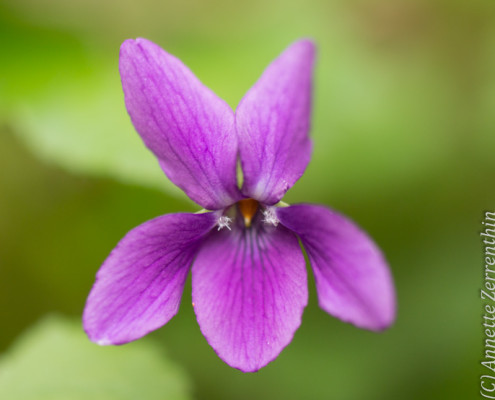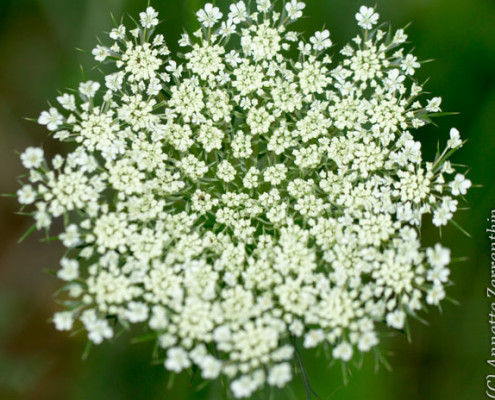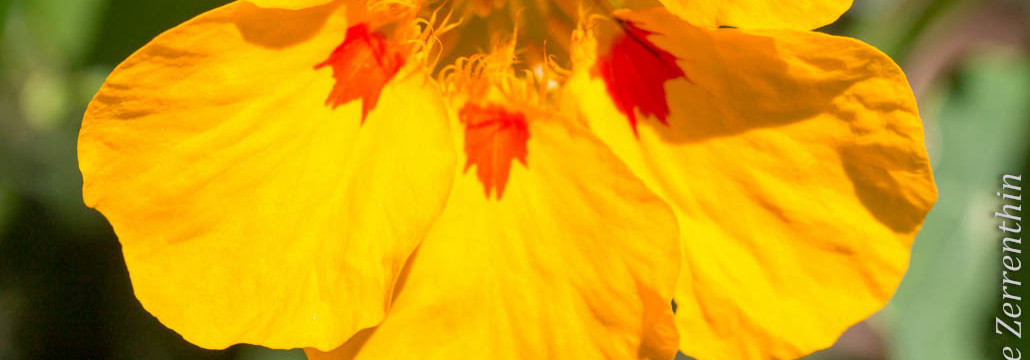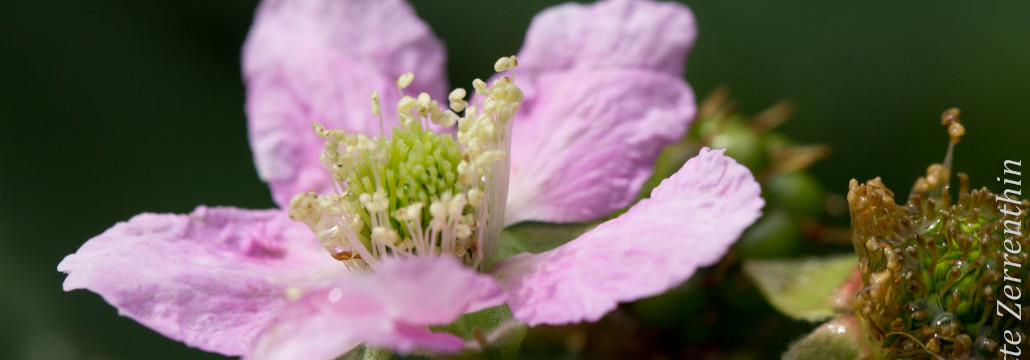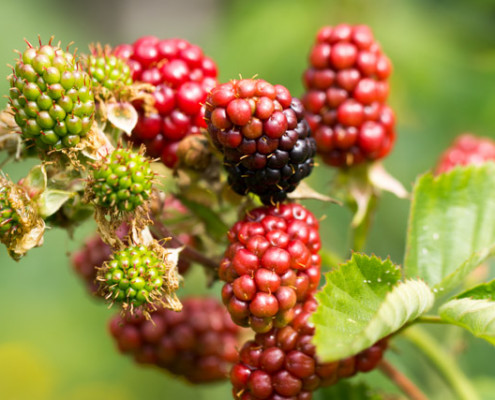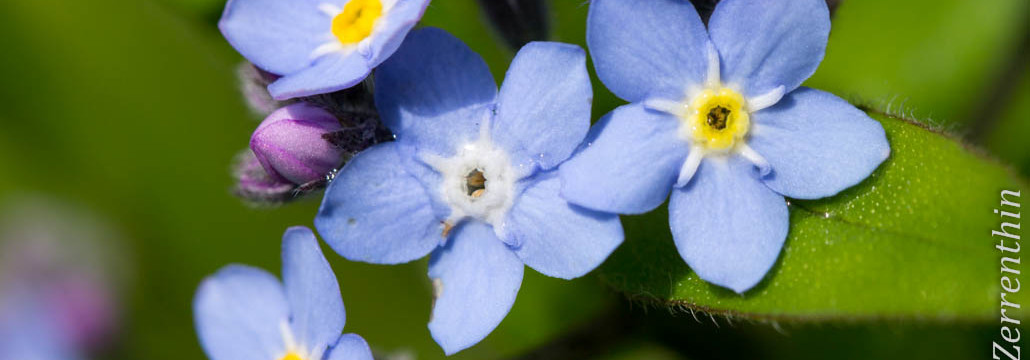Borage, Bees and Courage
I have just returned from my travels to New Zealand to be part of the First Light Flower Essence of NZ workshop at the serene Tauhara Centre in Taupo. Apart from attending the workshop I’d been intending to photograph New Zealand’s native flowers but as so often, the flower world has its own plans and the borage in the veggie garden of the centre called to be portrayed enticing me with dew drops sparkling in the morning sun.
Borage Borago officinalis also known as Starflower and Bee’s Bread is an annual herb native to the Mediterranean. Known by the ancient Greeks Dioscorides and Pliny, it has been cultivated in Europe for its medicinal and culinary uses since the 15th century. There are different thoughts on the origins of the name:
- Some consider it to be derived from the Latin name Borago, a corruption of courago, from cor, the heart and ago, I bring.
- In the Mediterranean it is spelled with a double ‘r’, e.g., in Italian borra or French bourra, hair or wool, referring to the hairy appearance of the plant.
- Clergyman, botanist and geologist John Stevens Henslow suggests its origin from the Celtic “barrach”…”a man of courage”.
Interestingly though that the plant’s name is so closely linked to Courage as some the pharmaceutical effect of Borage relate to strengthening the heart and lifting the spirits.
Bees love borage, which according to various scientific studies and apiarists, have a preference for colours in the blue/violet spectrum. Another explanation for their attraction might however be the nectar-rich flowers that refill with nectar every two minutes.
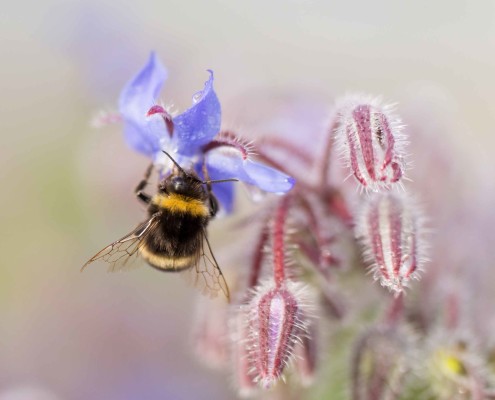 To nourish the bees and yourself you probably can’t go wrong growing some borage in your garden. The cucumber flavoured leaves can be added to salads or you can steam the leaves as you would spinach. The flowers can also be used in salads, they can be candied or used to dye vinegar blue.
To nourish the bees and yourself you probably can’t go wrong growing some borage in your garden. The cucumber flavoured leaves can be added to salads or you can steam the leaves as you would spinach. The flowers can also be used in salads, they can be candied or used to dye vinegar blue.
The plant is highly nutritious containing vitamins (C, A, B3), minerals (eg, iron, calcium, potassium) and tannins as well as the essential fatty acid gamma-linolenic acid (omega 6). Culinary use comes with a health warning as the plant contains small amounts of pyrrolizidine alkaloids that can cause liver damage. As this toxin is present in extremely small quantities you’ll need to eat borage in very large quantities for it to be harmful.
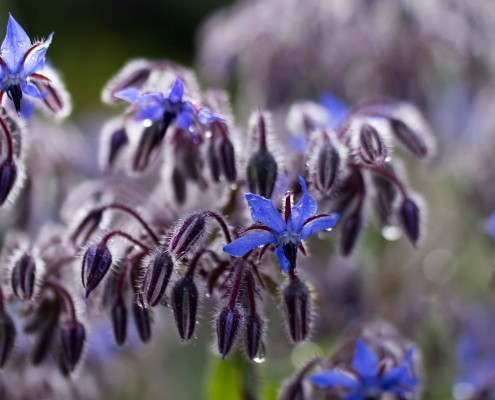 Medicinally, Borage is used for diseases of the urinary and respiratory tracts, constipation, fever, wounds, ulcers, menopause problems and the oil for skin disorders.
Medicinally, Borage is used for diseases of the urinary and respiratory tracts, constipation, fever, wounds, ulcers, menopause problems and the oil for skin disorders.
The high percentage of gamma gamma-linolenic acid makes Borage seed oil ideal to for skin regeneration, improves its elasticity and helps to ease wrinkles. The oil has shown to be effective treating skin disorders including eczema, seborrheic dermatitis, and neurodermatitis.
Taken internally, it is extremely effective for PMS – balancing hormones and the psyche. The Italian doctor and naturalist Pietro Andrea Mattioli (1501 – 1577) summarised the psychological benefits of borage oil, “It strengthens the heart and vital spirit, takes away anxiety, depression and grief.”
‘I learned that courage was not the absence of fear, but the triumph over it. The brave man is not he who does not feel afraid, but he who conquers that fear.’ Nelson Mandela
Borage flower essence (FES – Flower Essence Society) likewise supports us in situations when we require courage. It is indicated to be used for heavy heartedness, lack of confidence in facing difficult circumstances.
The indications for use of this essence are beautifully described in the Flower Essence Repertory: ‘Borage is an excellent heart remedy, especially for the feeling of heaviness in the heart, and perhaps throughout the body. … At times when the soul experiences too much grief, sadness, or other adversity, the heart can become contracted and heavy. We call this feeling ‘discouraged’ or ‘disheartened.’ The soul needs to learn that is can counter-balance this fettered feeling in the heart by contacting that which is ‘light’, or uplifting. This quality of soul courage is not so much connected to grit or strength, but to a condition of buoyancy in the soul which helps it to rise above, rather than sink into the weight of discouragement or depression. Borage flower essence helps the heart to experience this ebullience and lightness, filling the soul with fresh forces of optimism and enthusiasm.’
Each time I’m writing one of these posts I’m becoming more and more reverent to the plant kingdom. It amazes me how years ago I could just walk past plants being ignorant of what they have to offer. It’s been an honour to be called by Borage in Tauhara’s garden to allow me to learn more about it and to share it with you here.
© 2013, Annette Zerrenthin
References: P. Kaminski, R. Katz. Flower Essence Repertory. The Flower Essence Society, 1992. Dr. U. Kuenkele, T. R. Lohmeyer. Herbs for Healthy Living. Parragon Books Ltd., 2007. A. Rausch, B. Lotz. Dumont's Lexicon of Herbs. Rebo, 2006. M. Roberts. Tea. Recipes for Health, Wellbeing and Taste. New Holland, 2011. D. Wabner. Aromatherapie. Urban & Fischer, 2012.

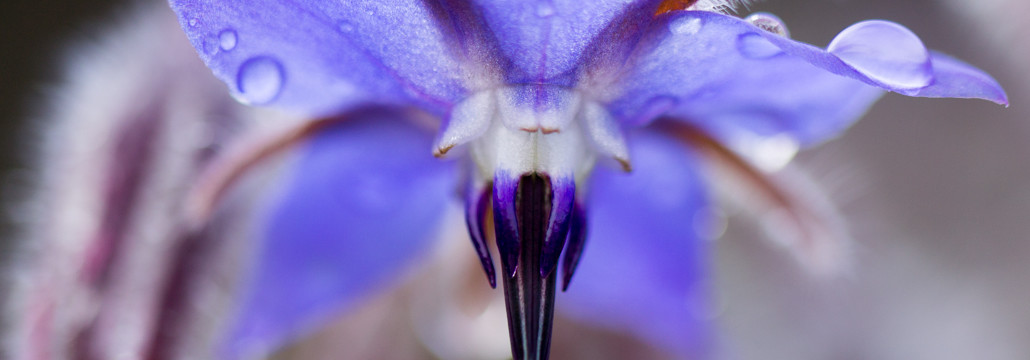 Annette Zerrenthin
Annette Zerrenthin